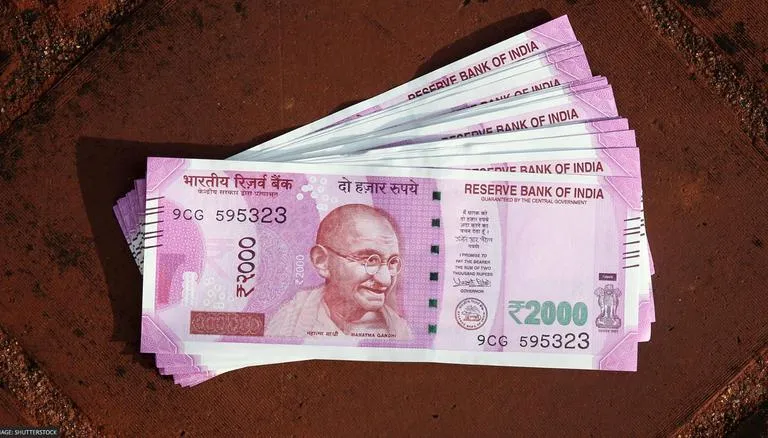2000 Rs Note News: India Scraps 2,000-Rupee Note: Implications for the Economy
In a move reminiscent of the 2016 demonetization, the Reserve Bank of India announced the withdrawal of the 2,000-rupee note from circulation. Although the note will remain legal tender, citizens have been asked to deposit or exchange them by September 30, 2023.
This decision is expected to have less disruptive effects on the economy compared to the previous demonetization, as a lower denomination is being phased out over a longer period. Today we are going to examine the reasons behind the withdrawal, and its potential impact on the economy, banking sector, and bond markets.
Reasons for Withdrawing 2,000-Rupee Notes:
The introduction of the 2,000-rupee note in 2016 was intended to replenish the currency in circulation after demonetization. However, the central bank has consistently expressed its desire to reduce the circulation of high-value notes. The Reserve Bank of India stated that the 2,000-rupee note is not commonly used for transactions, which likely influenced the decision to withdraw it.
Timing and Political Implications:
Although the government did not specify the exact reasons for the timing of the withdrawal, analysts suggest that it aligns with the upcoming state and general elections. Cash usage typically increases during election periods, and making this move ahead of the elections could be seen as a strategic decision. However, people who have been using the 2,000-rupee notes as a store of value may face inconvenience.
Impact on Economic Growth:
The total value of 2,000-rupee notes in circulation amounts to 3.62 trillion Indian rupees (US$44.27 billion), accounting for approximately 10.8% of the currency in circulation. Analysts believe that this withdrawal will not cause significant disruption since smaller denomination notes are readily available.
The growth of digital transactions and e-commerce over the past years may mitigate the impact. However, small businesses, agriculture, and construction sectors, which heavily rely on cash transactions, may experience some inconvenience in the short term.
Banking Sector Implications:
With the government urging citizens to deposit or exchange the 2,000-rupee notes by September 30, bank deposits are expected to rise. This comes at a time when deposit growth has been lagging behind bank credit growth. The increased deposits will relieve pressure on deposit rate hikes. Furthermore, improved banking system liquidity is anticipated as the 2,000-rupee notes re-enter the banking system, thereby enhancing overall liquidity conditions.
Implications for Bond Markets:
The inflow of deposits into banks and improved banking system liquidity may lead to a drop in short-term interest rates. As the deposited funds are invested in shorter-term government securities, it is expected to result in reduced rates in the market. This shift in the bond markets can have implications for borrowing costs and investment decisions.
What’s The Outcome? :
India’s decision to scrap the 2,000-rupee note has both short-term and long-term implications for the economy. While the withdrawal is expected to be less disruptive compared to the previous demonetization, sectors reliant on cash transactions may face inconvenience. However, the increased bank deposits and improved liquidity are anticipated to benefit the banking sector.
As India continues to navigate its economic landscape, the withdrawal of the 2,000-rupee note represents another significant step in its ongoing efforts to manage currency circulation and promote digital transactions. For more such updates keep yourself updated with current CEO magazine reviews news!







